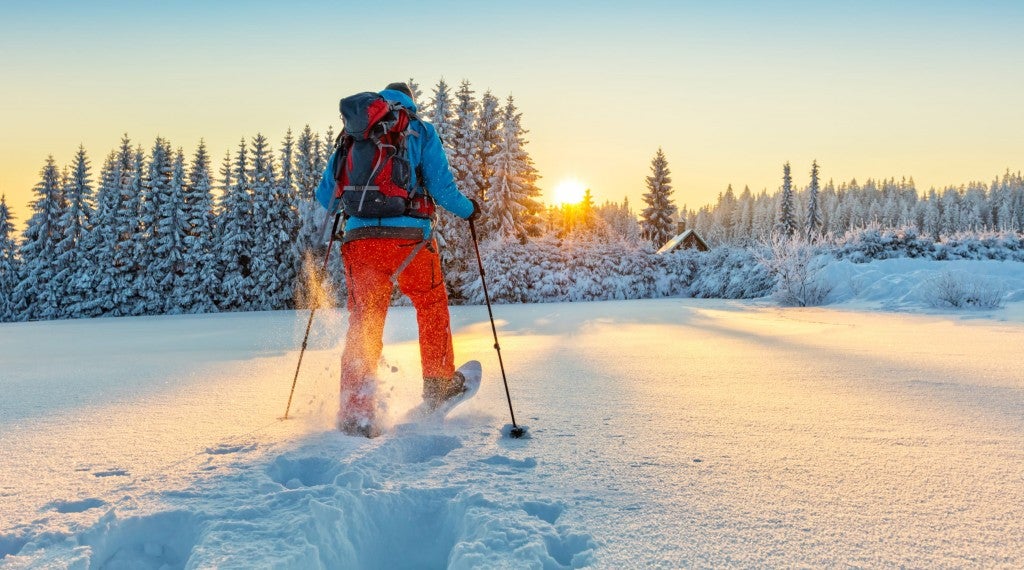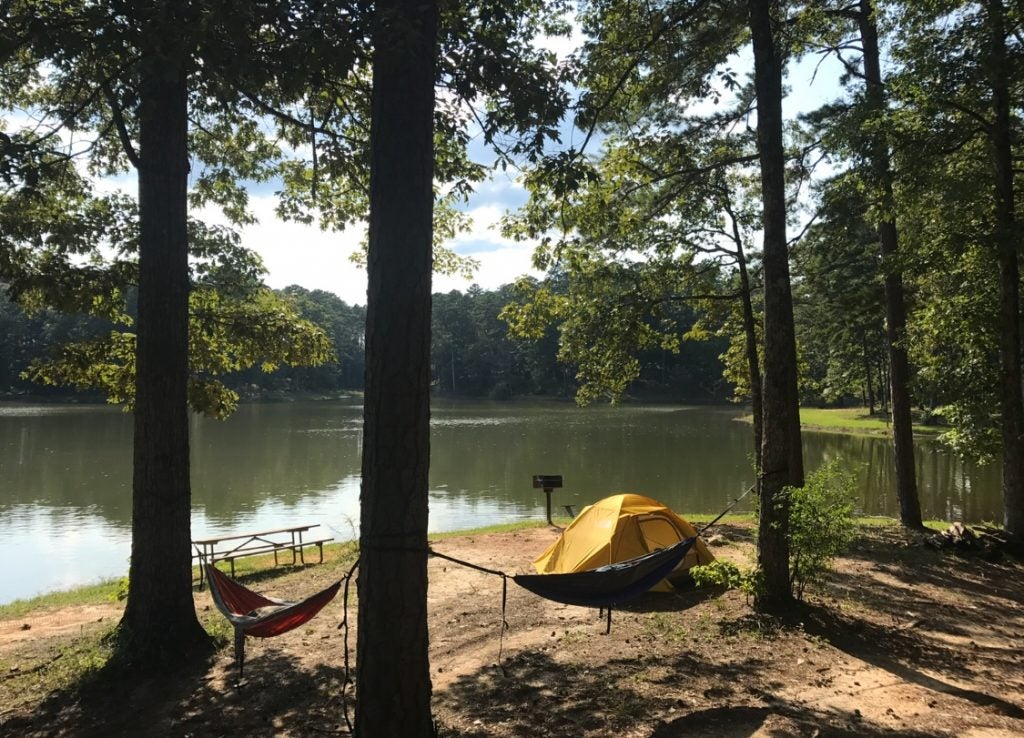Play your cards right and you could still snag one of these campsites this weekend.
For months, you’ve been looking forward to that camping trip to Yosemite National Park, only to discover upon arrival that there is no place left to pitch your tent. Or perhaps it’s your life-long dream to visit Zion National Park and you’ve finally found some time in your busy calendar. But even though that weekend of free time is three months away, all of the reservable campsites are taken.
Many of America’s most popular outdoor destinations—particularly national parks—have seen visitation numbers rise year after year. Now, some are so busy it’s really difficult to find a camping spot.
Spontaneous visits in the peak season are often more challenging than they should be if you want to spend the night in a national park. But worry not! There is another option that might just save your trip: first-come-first-served camping.
First-Come, First-Served Camping is Your Best Last-Minute Option
In 2017, the national parks recorded more than 330 million visits, many of which happened during the peak season, which is often limited to the summer months. That’s a lot of people. And that usually results in overcrowding, from long lines at entrance stations to congestion on hiking trails. Campgrounds, of course, don’t escape this.
In fact, a recent study on national park reservations tells us that of all reservable campsites in the entire National Park Service system, 60 to 80 percent are booked during the summer. In popular parks, this number approaches 100 percent.
Finding a spot at such campgrounds and national parks is often a matter of booking a site weeks if not months in advance, as soon as the booking window opens. Booking windows typically open six months before a campground opens, or a maximum six months before your intended visit.
Contrary to reservable campgrounds, the first-come, first-served national park campgrounds are fantastic options for a last-minute outing. Simply put, whenever campers leave and a site becomes available, it is given to the first people that show up. These types of campgrounds typically have fewer facilities than their more developed counterparts, while also being smaller and less crowded.
Note, however, that some of these campgrounds are popular as well. There may be a line of eager campers waiting to score a spot early in the morning, so it’s wise to arrive as early as possible. You may have to wait a while before someone leaves, but if you’re at the front of the line, you’re almost guaranteed a site while first-come, first-served camping.
10 First-Come, First-Served National Park Campgrounds
Luckily, even some of the most-visited national parks have wonderful first-come, first-served camping options. Ten campers on The Dyrt share their favorite first-come, first-served campgrounds below. Consider them for your next spontaneous camping trip.
1. Hidden Valley Campground – Joshua Tree National Park

Image from The Dyrt camper Sara S.
First-come, first-served camping in Joshua Tree National Park is possible at the primitive Hidden Valley Campground. There are 44 campsites and pit toilets, but there is no water available. This is California desert, so make sure to bring plenty of water with you—enough for drinking, cooking, and cleaning.
Set amid huge boulders and iconic Joshua trees, this is Joshua Tree National Park camping at its very best. Note that because of the constantly high fire danger, campfires must be contained within designated fire rings. Collecting wood in the park is not permitted, so make sure to buy firewood outside the park.
“This campground is the perfect place to truly experience the magic that is Joshua Tree. From climbers coffee on the weekends hosted by the park rangers, to boulder problems right in your campsite, to world-class classic climbs feet from your car, the Hidden Valley Campground offers everything you could imagine for a Joshua Tree experience. If you are not a climber, don’t worry! This site offers beautiful hikes, scrambles to explore, and hikes nearby.” —The Dyrt Camper Amina H.
2. Lewis Mountain Campground – Shenandoah National Park
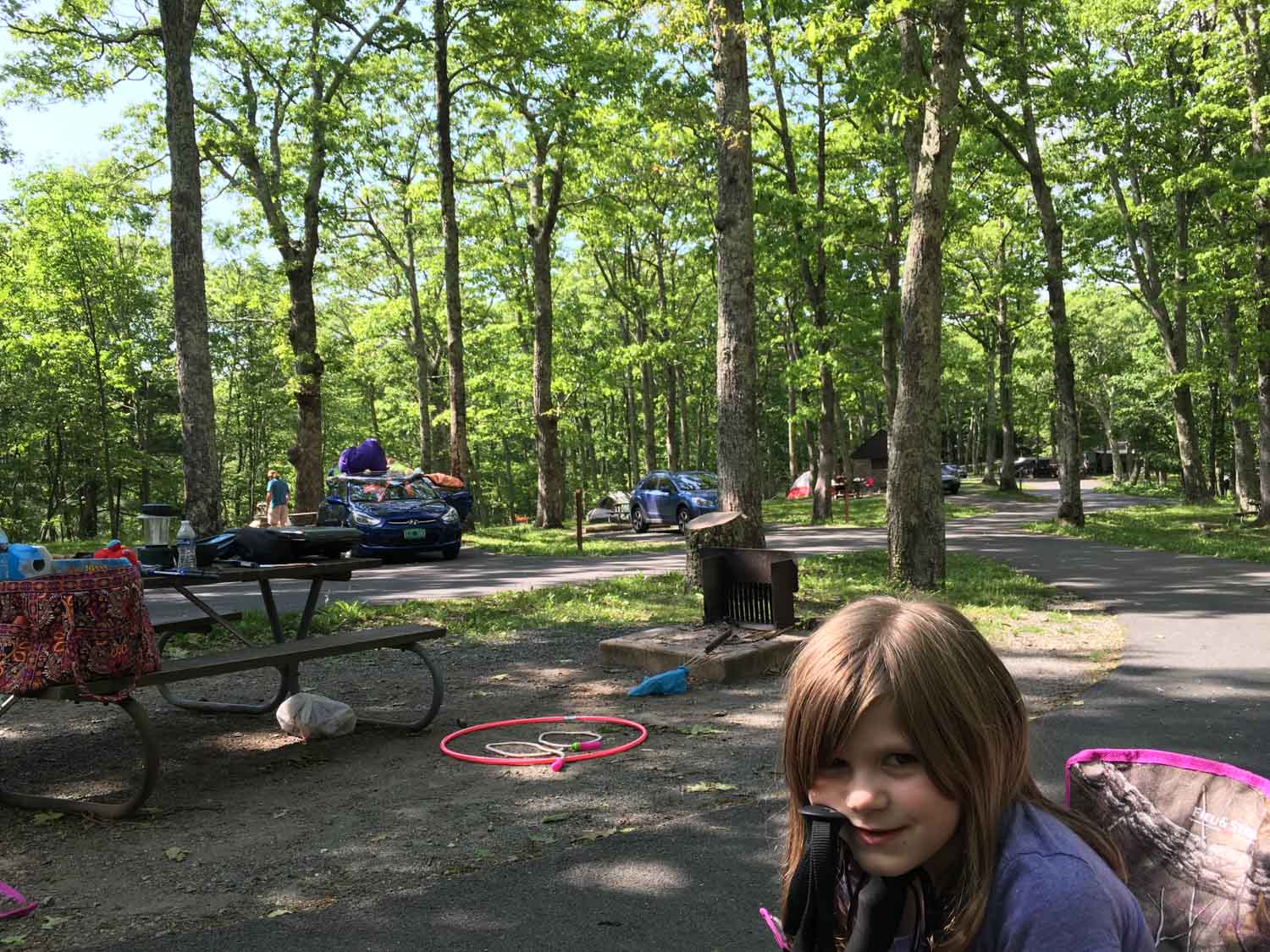
Image from The Dyrt camper Danielle V.
The only 100% first-come, first-served campground in Shenandoah National Park is Lewis Mountain Campground at mile 57.5 of Skyline Drive. It’s also the smallest campground in the park, set in a beautiful woodsy area near some of the park’s best hikes and overlooks.
This campground also has several cabins, which can be reserved. There is a small store, restrooms, picnic tables, fire rings, and water fountains. Remember that hundreds of black bears live in Shenandoah National Park, so proper food storage is not only advised but mandatory.
“This is the best campground in the park! The spots are secluded, there are bathrooms that are in good shape, and it’s super close to some awesome hikes and great sunset lookouts. We loved being able to hang our hammocks and watch the wildlife roam around. Our dogs were welcomed and we felt right at home. One of my favorite NPs and definitely my favorite camp spot in the park!” —The Dyrt Camper Molly G.
3. Desert View Campground – Grand Canyon National Park
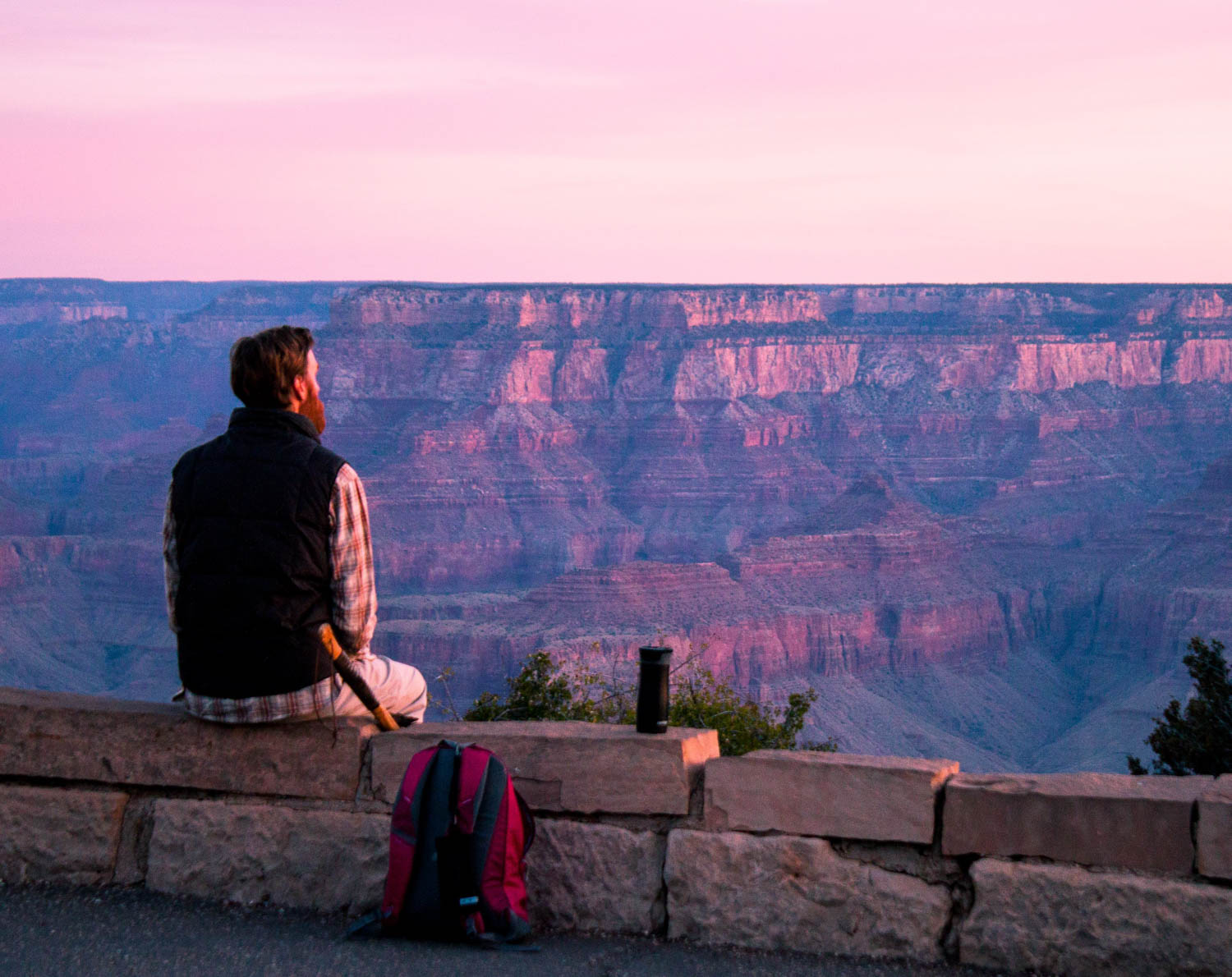
Image from The Dyrt camper Tara S.
Open from mid-April through mid-October, the Desert View Campground lies 26 miles east of Grand Canyon Village in Grand Canyon National Park, along the overlook-lined Desert View Drive. There are 50 first-come, first-served camping spots, most of which can accommodate everything from tents to small trailers (shorter than 30 feet).
This is a super-popular campground in the Grand Canyon, the only one where you don’t have to book your site months in advance. Therefore, it’s good to remember that it usually fills up by noon. Arrive as early as you can in order to find a site.
“Camping at Desert View ended up being one of the best decisions we made for our Grand Canyon trip. Although it’s farther from some of the major attractions, it’s also really quiet, and the canyon views are spectacular. The Desert View General Store is within walking distance and sells food, along with a great selection of local wine and beer. The Desert View Watchtower, also walking distance from the campground, is incredibly beautiful.” —The Dyrt Camper Tara S.
4. Tuolumne Meadows Campground – Yosemite National Park
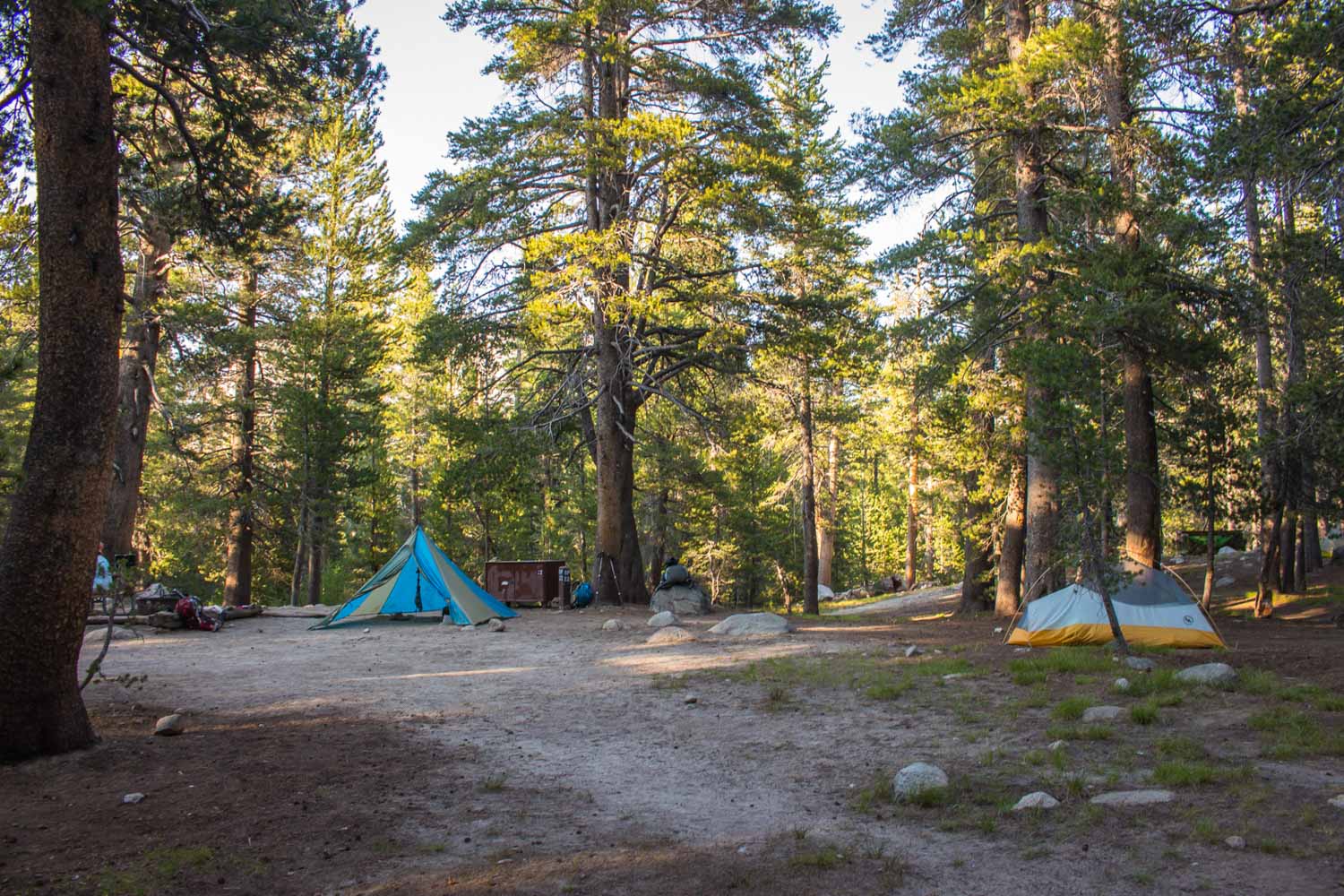
Image from The Dyrt camper Darrin L.
Yosemite National Park’s Tuolumne Meadows Campground lies along the wonderful Tioga Road, an hour and a half to the northeast of Yosemite Valley. Because of its location in the Sierra Nevada high country, it is open only from about July through late-September.
This is a huge campground with 304 regular sites, 7 group sites, and 4 horse sites. Half of them can be reserved in advance, while the other half offer first-come, first-served camping. Bathrooms have flush toilets and drinking water but no showers; campsites come with a food locker, picnic table, and fire ring. You’ll find groceries at the small store in Tuolumne Meadows.
“This section of the park, while not as popular as the Valley, is arguably just as beautiful, and is much easier to secure camping. This campground is MASSIVE. Reservations can be made in advance, but we didn’t have any trouble finding a walkup site in the middle of June. The elevation here means that it gets fairly cold at night, even during the summer.” —The Dyrt Camper Leslie R.
5. Lost Creek Campground – Crater Lake National Park
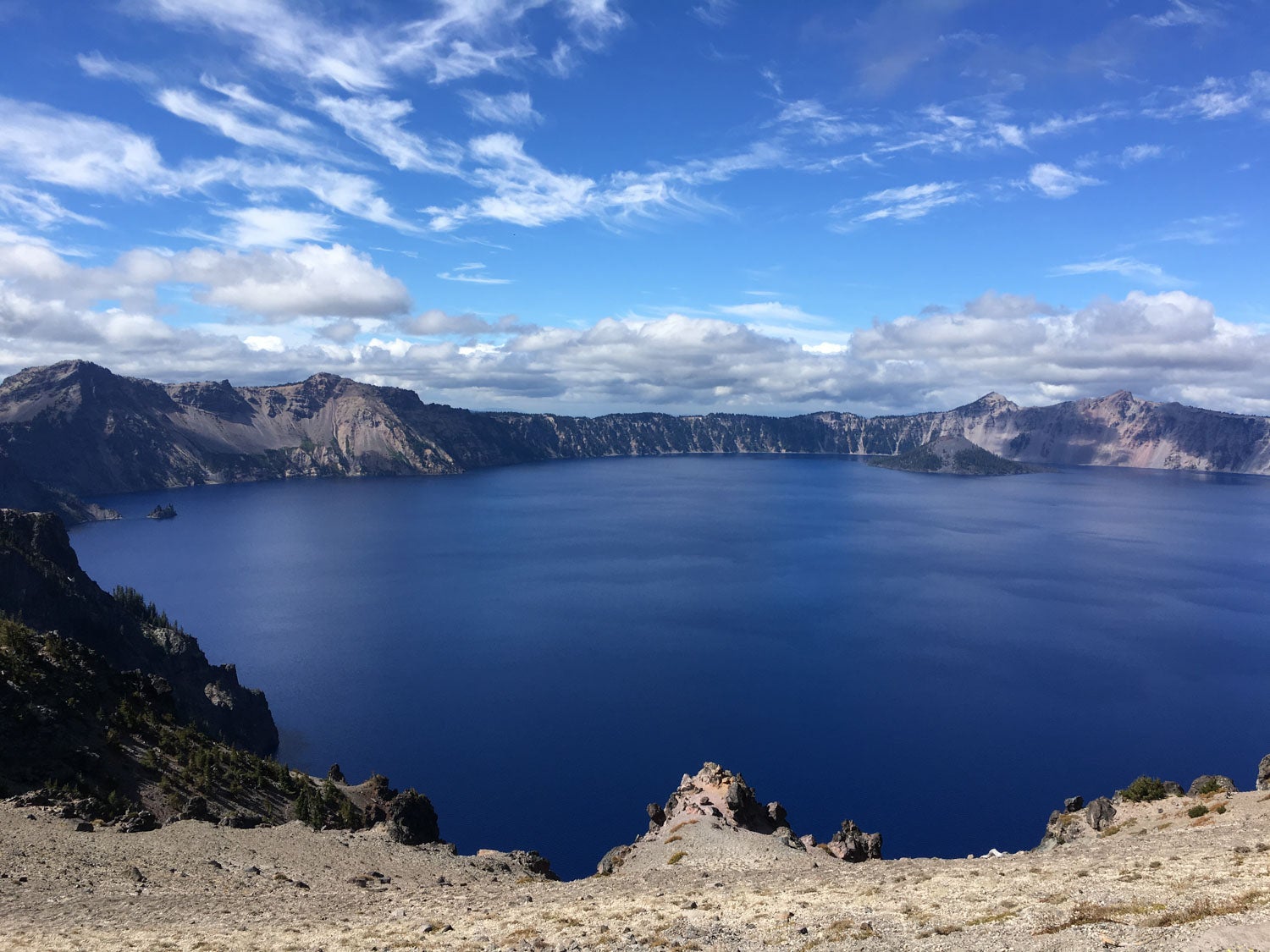
Image from The Dyrt camper Kelsey M.
Much smaller, cheaper and quieter than Crater Lake National Park’s other campground, Mazama Campground, the Lost Creek Campground is ideal for campers looking for a peaceful national park getaway. It is typically open from early-June through mid-October.
Set in a wooded area about three miles from the crater rim, this is a primitive tent-only campground with 16 individual sites. There are toilets available, but no drinking water or other amenities except for bear-proof food lockers and picnic tables.
“The sites are separated by low brush that doesn’t provide too much privacy but also keeps the campground from feeling crowded. It’s a quiet campground about 3 miles from the Rim Road. Another 4 miles down the road is are the Pinnacles, super-cool formations left behind when the volcano erupted 7,700 years ago.” —The Dyrt Camper Kelsey M.
6. Longs Peak Campground – Rocky Mountain National Park
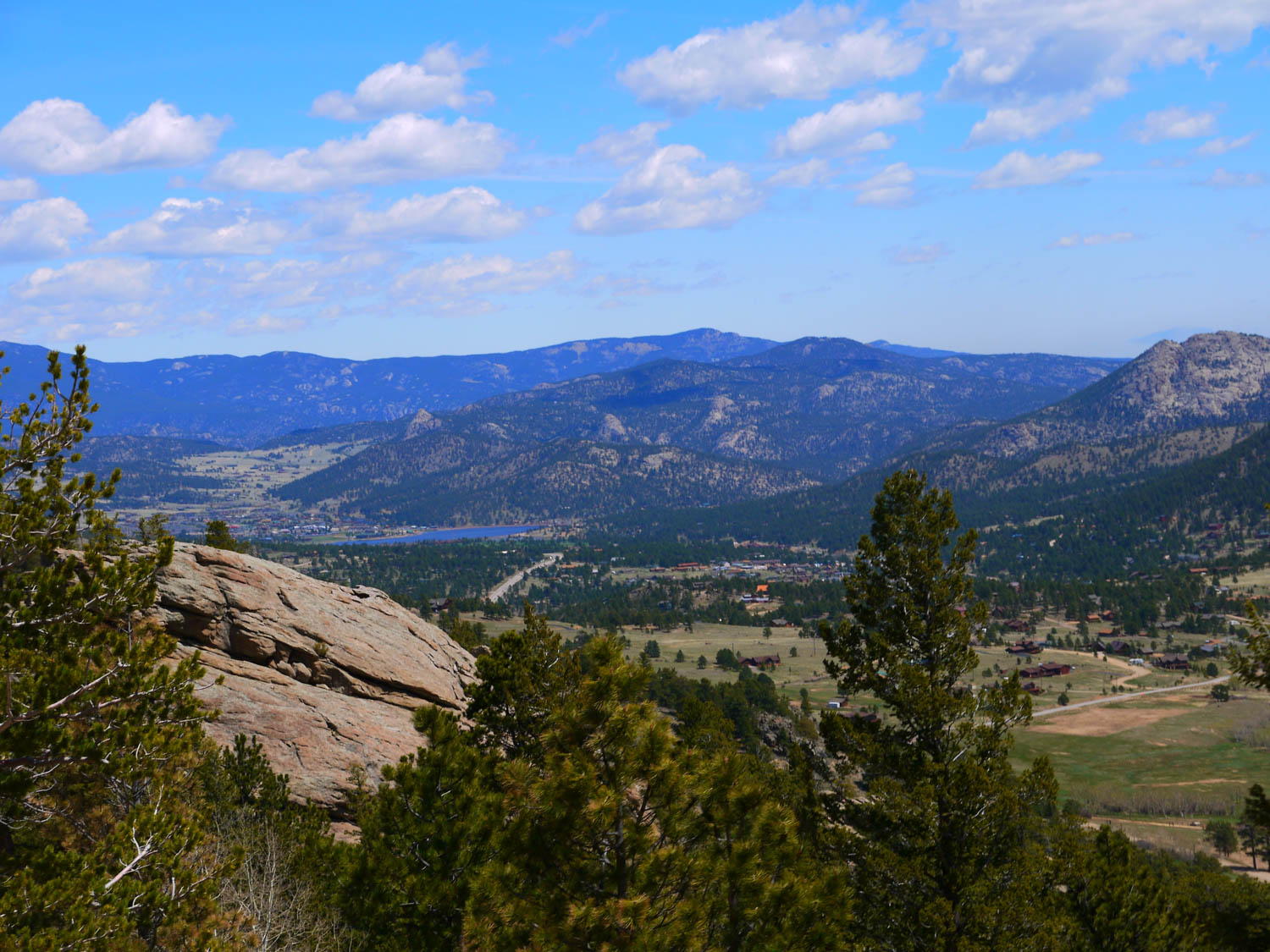
Image from The Dyrt camper Tessa M.
A small tent-only campground just south of Estes Park in Rocky Mountain National Park, the Longs Peak Campground is the ideal base for treks to the summit of Longs Peak. There are 26 tent sites, located at rather high elevation of 9,500 feet. This campground is only open in summer.
As a basic campground that’s used mainly by hikers and backpackers, it is much less chaotic and crowded than other more family-friendly campgrounds in the park.
“Longs Peak campground is a first-come, first-served campground, we didn’t have any trouble finding a spot in the middle of the week in July when we stayed. We actually came back the next year and camped in the same spot because we loved it so much. Incredible views of Longs Peak right from our campsite.” —The Dyrt Camper Kelly Z.
7. Indian Creek Campground – Yellowstone National Park
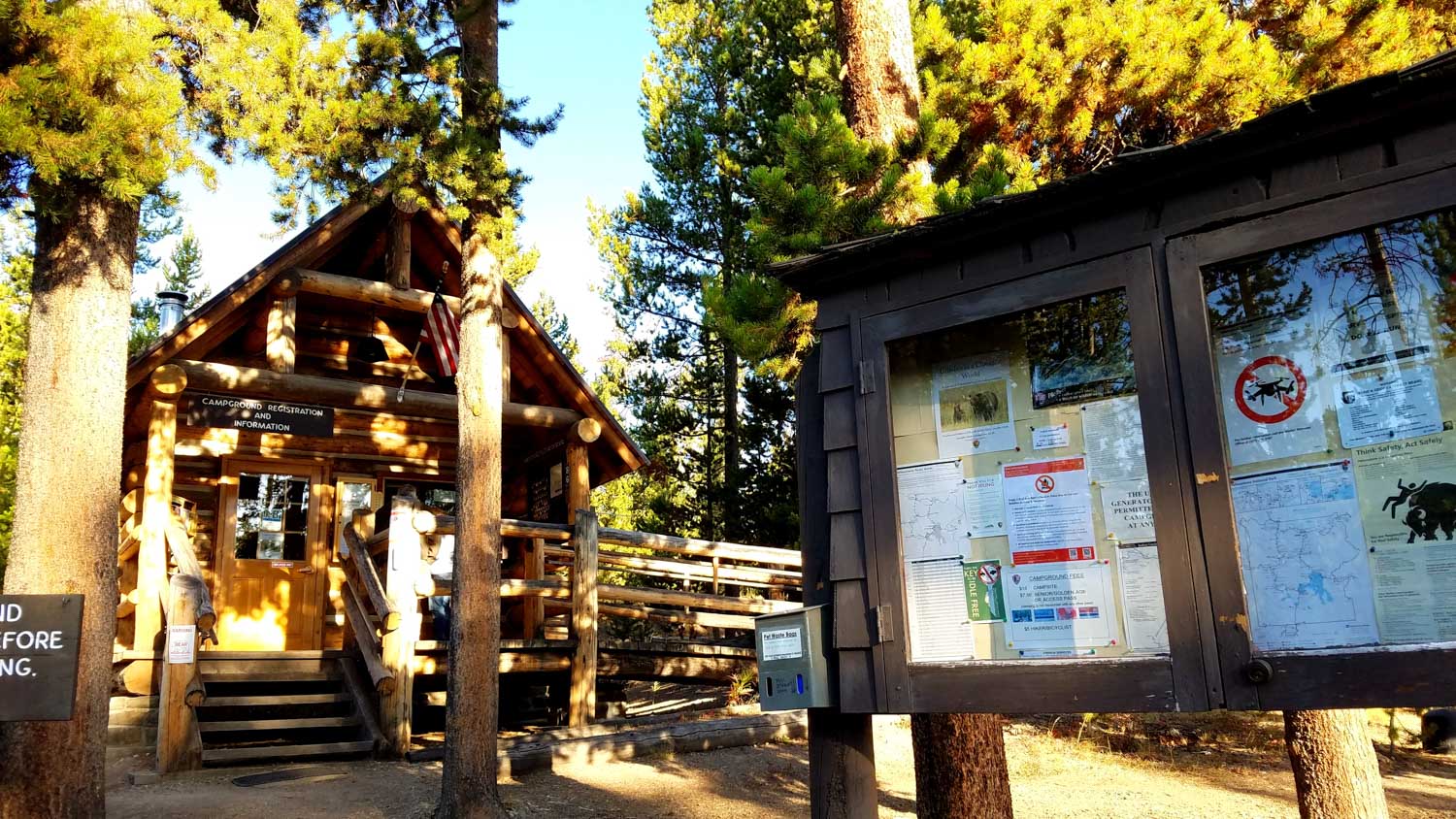
Image from The Dyrt camper Michael J.
Open from early June through early September, the Indian Creek Campground is about eight miles south of Yellowstone National Park’s famous Mammoth Hot Springs. It lies at the base of the Gallatin Mountains—views of Electric Peak are amazing. Because it is away from the road, it offers a more peaceful first-come, first-served camping experience than most other Yellowstone campgrounds.
Besides vault toilets, there are few amenities here. However, you’ll find a restaurant, general store, and other services in Mammoth Hot Springs. For hiking and wildlife watching, nearby Gardner’s Hole is a great option.
“Indian creek is probably my favorite campground out of all the Yellowstone camps. It felt more secluded and a lot less busy than the main ones offered in the park.” —The Dyrt Camper Jack L.
8. Hoh Campground – Olympic National Park
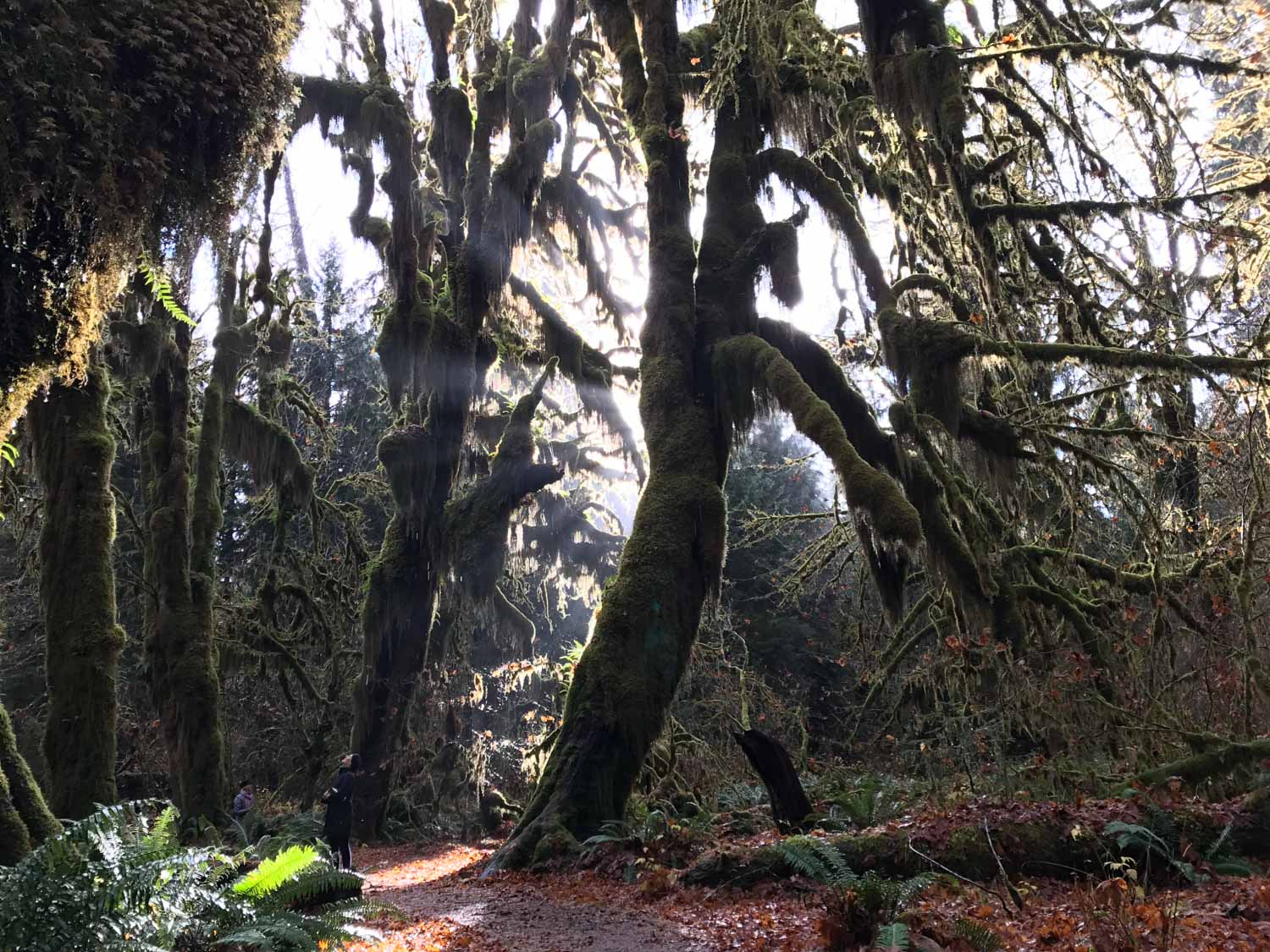
Image from The Dyrt camper Kuo G.
Right in the heart of Olympic National Park’s most magical environment, the Hoh Campground lies in one of the wettest places in America. The 12 feet of annual precipitation in the Hoh Rain Forest has resulted in an environment characterized by towering spruce, fir, and maple trees. Huge ferns blanket the forest floor while thick moss hangs from branches.
The Hoh Campground is a short walk from the Hoh Rain Forest Visitor Center and the popular Hall of Mosses Trail. There are 78 first-come, first-served camping spots, picnic tables, potable water, restrooms, and animal-proof food storage lockers. Bring a rain jacket.
“Hoh Campground at Olympic National Park has 78 first-come-first-served campsites located deep within the rainforest on the western side of the park. There are more shades of green than there are names for, and the moss that grows everywhere makes you feel like you have entered a fairy tale forest.” —The Dyrt Camper Diane N.
9. Bowman Lake Campground – Glacier National Park
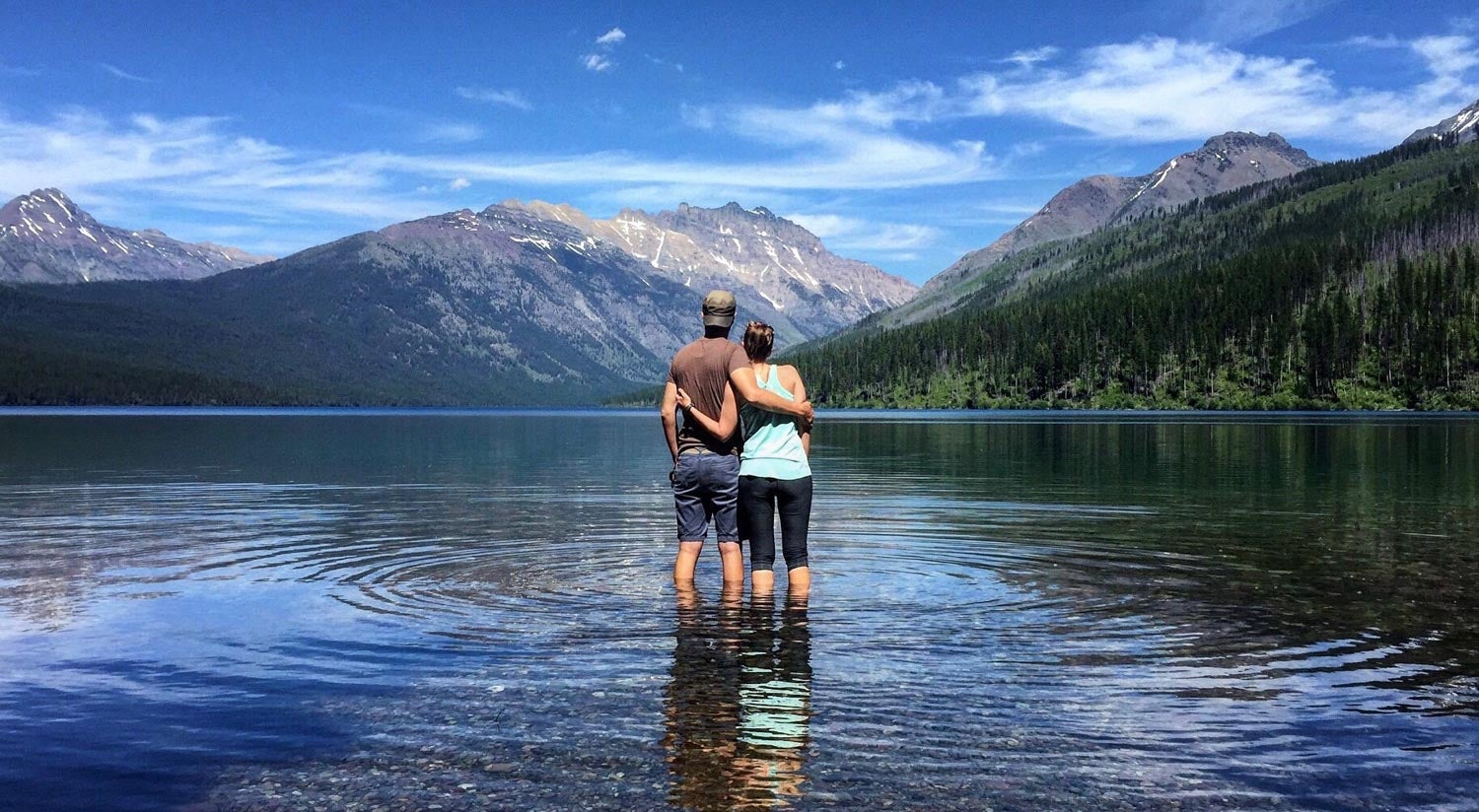
Image from The Dyrt camper Dave E.
Thanks to its remote location and spectacular views, the Bowman Lake Campground in Glacier National Park is one of the best-rated first-come, first-served national park campgrounds in the country. Situated near the shore of Bowman Lake, it has 46 campsites. Amenities are limited to potable water (summer only) and vault toilets.
The dirt road to Bowman Lake is dusty and occasionally rough. Pullouts are scarce, while narrow sections make it unsuitable for vehicles and trailers longer than 21 feet. Outdoor activities abound in the area, from hiking to fishing and canoeing. In summer, make sure to bring mosquito repellent and/or a head net.
“This campground is perfect. It’s used primarily as a hiker’s camp, but there are some car campers who venture out there. It’s about an hour to an hour and a half of driving from Apgar Village, as there are several miles of dirt/gravel roads that require you to go slow at times. Bowman Lake is absolutely beautiful and there are several trails leading you to amazing views of the lake and surrounding mountains.” —The Dyrt Camper Dave E.
10. Chisos Basin Campground – Big Bend National Park
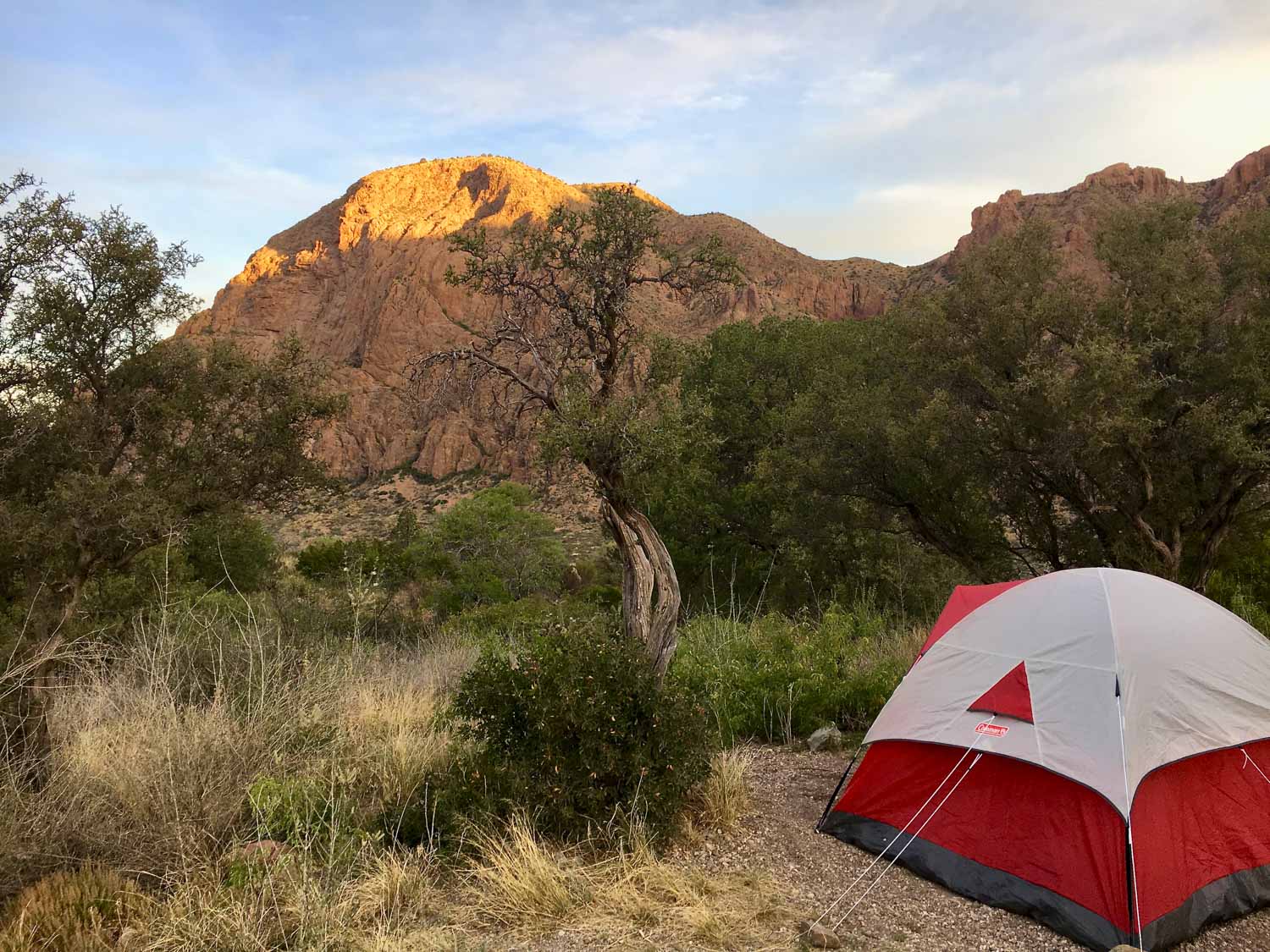
Image from The Dyrt camper Dennis U.
Open year-round, Big Bend National Park’s Chisos Basin Campground sits at the foot of sloping hills, surrounded by tall trees and close to some of the nicest hiking trails in the park, such as the Window Trail. Of its 60 campsites, 34 are first-come, first-served camping.
Amenities include running water, picnic tables, flush toilets, a dump station and grills. Because of the winding, narrow road up to the campground, it is not recommended for long RVs and trailers. This is a very popular Big Bend campground, so make sure to arrive early to claim a site.
“This is in a valley in Big Bend with tons of hiking trails nearby (some leave from the campground) and it’s close to a great visitor center too. Great kids programs there and at the campground amphitheater. This is going to be packed pretty much all the time. […] The views from all the sites are amazing since there are beautiful rocky cliffs in all directions.” —The Dyrt Camper Kim B.
Related Campgrounds
The Dyrt is the only camping app with all of the public and private campgrounds, RV parks, and free camping locations in the United States. Download now for iOS and Android.Popular Articles:
Articles on The Dyrt Magazine may contain links to affiliate websites. The Dyrt receives an affiliate commission for any purchases made by using such links at no additional cost to you the consumer.

